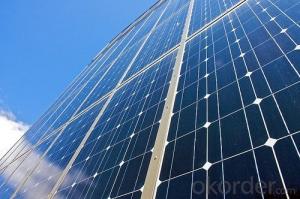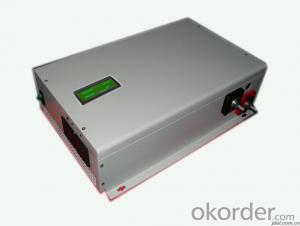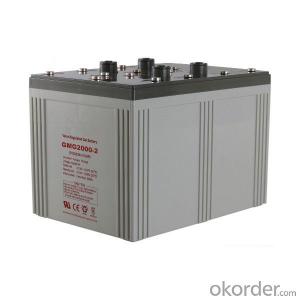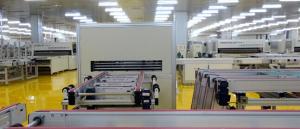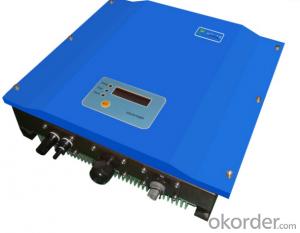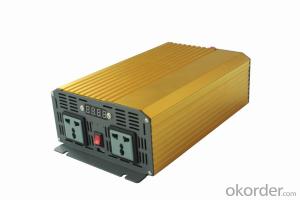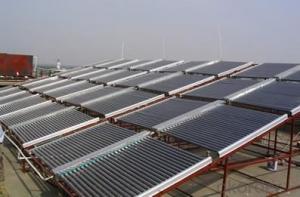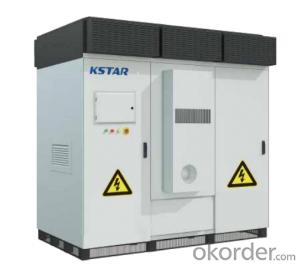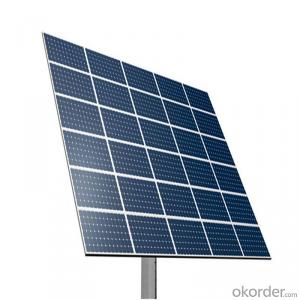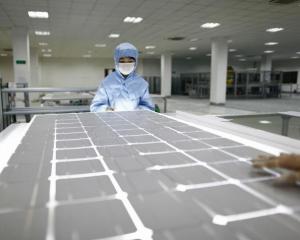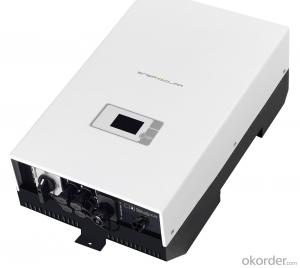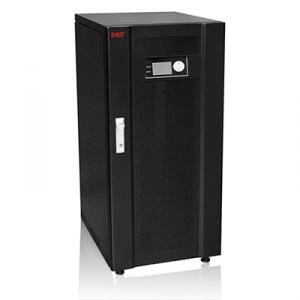Solar 800 Watt Power Inverter
Solar 800 Watt Power Inverter Related Searches
800 Watt Solar Inverter Price 8000 Watt Solar Inverter Solar Inverter 8000w 80kw Solar Inverter 80 Kw Solar Inverter 8 Kw Solar Inverter Solar Inverter 8kw 8kw Solar Inverter 8kw Inverter Solar Solar Inverter 850va Price 850va Solar Inverter Price 1800 Watt Solar Inverter 480v Solar Inverter China 850va Solar Inverter 8 Kw Solar Inverter Price 8kv Solar Inverter Solar 1000 Watt Power Inverter Solar 500 Watt Power Inverter 1200 Watt Solar Inverter 400 Watt Solar Inverter 8kw Hybrid Solar Inverter Power Solar Inverter Solar Energy Power Inverter Solar Power Battery Inverter Solar 1500 Watt Power Inverter 8kw Solar Inverter Price 1000 Watt Solar Power Inverter Solar Battery Inverter 48 Volt Solar Inverter Solar Energy InverterSolar 800 Watt Power Inverter Supplier & Manufacturer from China
The Solar 800 Watt Power Inverter is a high-performance product designed to convert solar energy into usable electrical power. This efficient device is capable of handling up to 800 watts, making it suitable for a wide range of applications. The Solar 800 Watt Power Inverter is widely used in various scenarios, such as residential solar systems, commercial installations, and off-grid power solutions. It plays a crucial role in harnessing the power of the sun and providing a reliable source of electricity for different needs. By utilizing this product, users can reduce their reliance on traditional energy sources and contribute to a more sustainable environment.Okorder.com is a leading wholesale supplier of the Solar 800 Watt Power Inverter, offering a vast inventory to cater to the growing demand for renewable energy solutions. With a strong commitment to quality and customer satisfaction, Okorder.com ensures that each Solar 800 Watt Power Inverter is thoroughly tested and meets the highest industry standards. By partnering with Okorder.com, customers can benefit from competitive prices, fast shipping, and excellent customer support, making it a reliable choice for sourcing this essential product.
Hot Products




